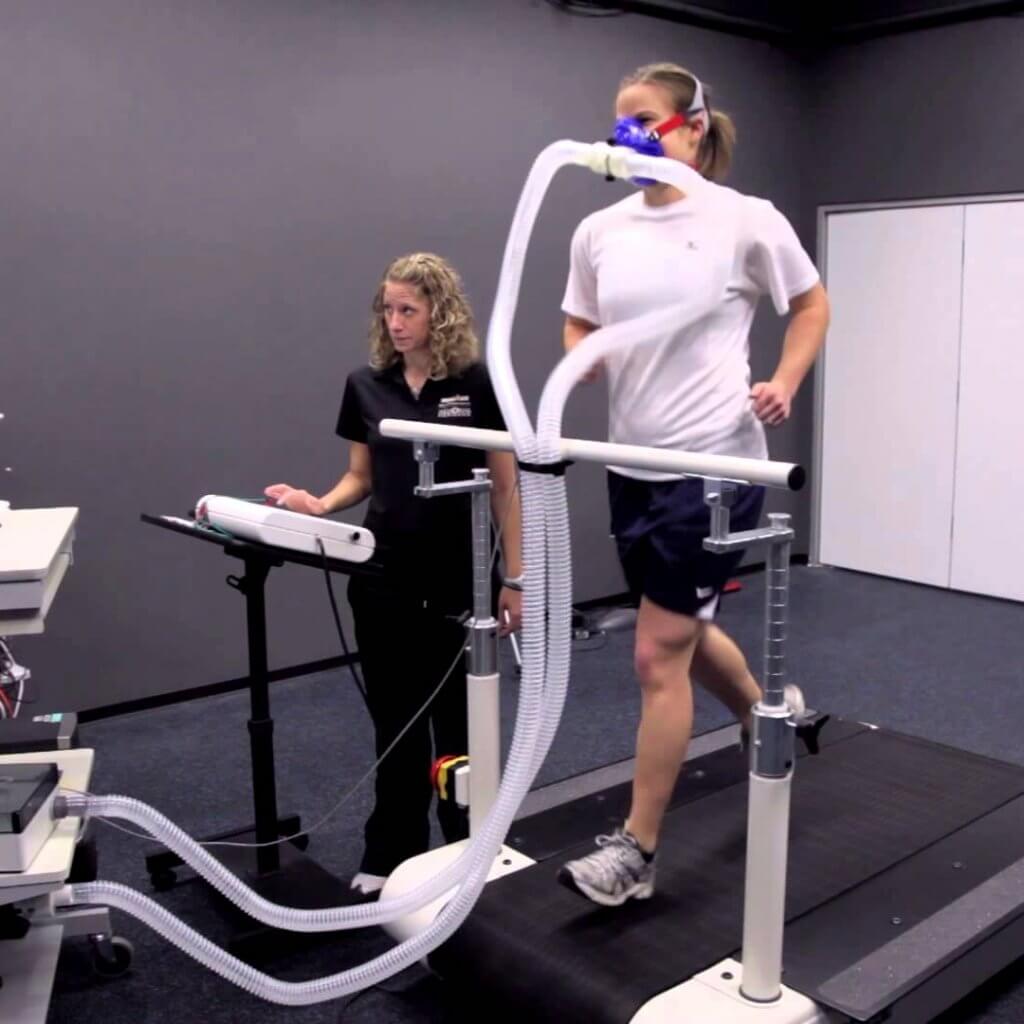What is V02 and why should you be monitoring it?

You prepare your already aching lungs for, what feels like, your last breath of air. You can literally feel the fumes clinging to the tight walls of swollen flesh and pumping veins. Shutting your eyes, you allow your chest to expand, waiting for something to burst, which never does. As you expel that life giving carbon dioxide, you push your body to that place of no return.
Sound familiar?
Probably not.

When it comes to maximizing our possible energy expenditure on a run, most of us will think about that 5k time trial, where we felt like our lungs would burst forth from our chests in an impressive display of exertion. Or, possibly, that time we decided to sprint home the last 200 meters.
But, in fact, most of us do not even come close to utilizing our maximum energy on any given run. We may feel like we have, but in fact, we haven’t.
It ties up with most things in life. We are all living on the precipice of existence. We allow ourselves to tiptoe on the edge of possibility, but never really push ourselves to the limits that we are most certainly capable of. Our brains are geared to take on so much more than we know, yet, we skirt around the truth. We sit in our comfort zone and tell ourselves that pushing ourselves to that nomad’s lands will surely kill us. And who wants to die, right?

A little dramatic? For sure! But, the truth is real. When last have you really given your entire being a solid two-handed shove into a place that is scary as hell?
Now, I’m not here to give you lectures on life and how you should be giving of your best, tapping into your full potential, and using all that you have towards the greater good.
No, I’m here to tell you about the power and beauty of the Vo2 max.
One of the ways in which we can measure maximum intensity on a run is by checking our VO2 max rate.
VO2 what?
Yeah, exactly!
It’s so alien to many of us seasoned runners that we are already backing away, wondering what this new fandangled concept is. But, in fact, it isn’t so new. It is, really, a great way to measure your fitness level, and has been around for quite some time.
We all breathe. We have to breathe. Clearly. But, when it comes to how much oxygen we can possibly utilize in any given activity, then we start moving into a world quite unknown to us. Oxygen is essential, and we don’t truly use it, most times, for all the goodness, it has to offer
I have an Apple Watch. Brilliant little device, but also an enlightening reminder at times. I will be sitting in a meeting, and the little bugger will buzz on my arm. On a glance down, and a small smile seconds later, I will read the words, “Time to breath”. It is a silly statement, right? I am breathing. How would I be sitting there, listening to Joe rattle on about the latest sales projections, if I wasn’t breathing? But, in fact, on a closer look, when I escape to the bathroom, is that the watch forces you to take 1 minute of your precious time, and really, truly, breathe. In for 5 seconds, out for 5 seconds, in for 5, out for 5, until your minute is up. It really is quite energizing. Try it!

Now, back to VO2. This is a similar concept to my friend, Apple’s breathing app. We are, invariably, looking, for ways to improve our performance, from running shoes to running partners.
Your VO2 max is when we utilize the most oxygen we can during a very intense exercise regime. The measurement works on milliliters of oxygen for every one minute per kilogram of your body weight. In a simple form, it is a process to see how much oxygenated blood your heart can pump, and how effectively your muscles can utilize that oxygen during exercise.
Why bother to find this out?
Well, we go back to that statement about how we don’t truly use our fullest potential in anything we do. And, for that athlete that wants to reach their highest possible peak, well then, utilizing all the oxygen you take in will definitely get you there.
So, how does this all work?
Typically, one gets strapped to a breathing mask (yes, you will look like Darth Vader), and jump your sorry ass onto a treadmill. You then are asked to start running, slowly at first, and incrementally build up into a pace that will push you to utilize all the available oxygen in your system.
We need oxygen to, not only live, but to fuel our muscles.

After a few minutes, which felt like an entire day, you step off; pull the suffocating mask off your now very wet and red face, to take a real life-giving breath of oxygen, again, but this time to recover.
What’s the point, really?
The point is that once those results come back, you will have a good idea of how well you are utilizing your oxygen to fuel your body. It will be a sad result, for sure. That first time is always, unless you are already super fit. But, most times, you will be told you can do so much better.
How do you get better?
The best and easiest way to improve your VO2 max rate is to include, at least 3-4 times a week, a heart raising run session, whereby you raise your heart rate to between 65 and 85 % of its maximum capacity. This should be done for at least 20 minutes. Like with any muscle, you can train the muscles that pumps your heart, to produce more oxygen and in turn train your body to utilize that oxygen in a more advantageous manner.
So, if you’re on that brain where you want to see how far you can push that body of yours, then sign up for a V02 max test. And, then give yourself a challenge in trying to improve it.
You will be pleasantly surprised how it will make a great difference to your general running ability and ease in which you will get through every run thereafter.
Latest Articles
 Is Running on a Treadmill Easier Than Running Outside?Runners have their own preferences, whether it is treadmill running, running outside on the road, or exploring trails. So...
Is Running on a Treadmill Easier Than Running Outside?Runners have their own preferences, whether it is treadmill running, running outside on the road, or exploring trails. So... Is It OK to Use Trail Running Shoes on the Road?While trail running shoes can be used on roads, especially in situations where a runner encounters mixed terrains or pref...
Is It OK to Use Trail Running Shoes on the Road?While trail running shoes can be used on roads, especially in situations where a runner encounters mixed terrains or pref... How to Fix Sore Quads After Running?Rest, ice, gentle stretching, and over-the-counter pain relievers can help soothe sore quads after running. Also, ensure ...
How to Fix Sore Quads After Running?Rest, ice, gentle stretching, and over-the-counter pain relievers can help soothe sore quads after running. Also, ensure ... 10 Fruits With The Most Electrolytes to Replace Sports DrinksThese fruits are high in electrolytes such as potassium, magnesium, and calcium, essential for hydration, muscle function...
10 Fruits With The Most Electrolytes to Replace Sports DrinksThese fruits are high in electrolytes such as potassium, magnesium, and calcium, essential for hydration, muscle function...

